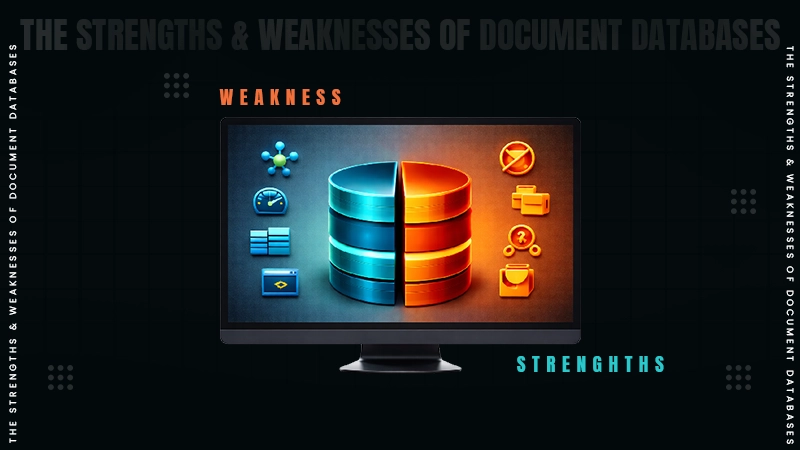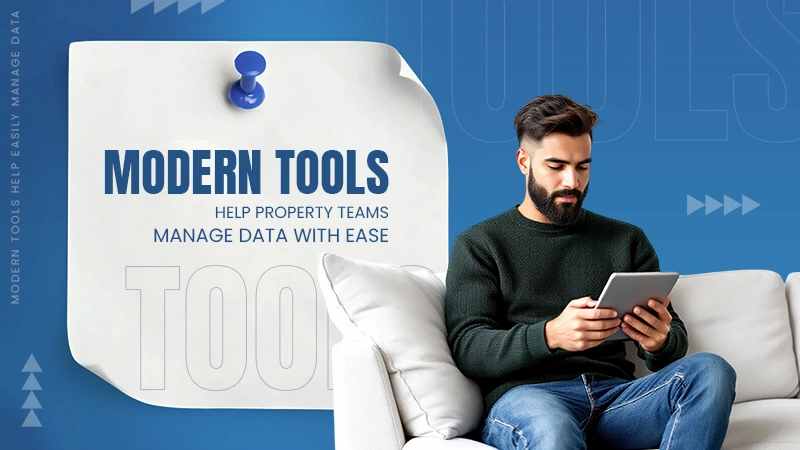24/7 customer help, developer integration, and regular updates are the common signs of a reliable business.
5 Key Factors to Compare Before Choosing an Authentication Tool for Your Business
Imagine a sudden decrease in your business, not for any reason related to your product, but because of your login screen. Sounds striking, right? But it is not.
In this digital world, a login page is enough to create a strong first impression on the user’s mind. From the very first login or sign-in user can judge your brand. If it seems very slow, complex, and insecure, the user will return before you impress them with your product or survive.
This is where the right authentication tools step in. They can effectively build user trust, secure your personal data, and ensure long-term growth. From crystal clear pricing to scaling, everything matters.
Excited to discover its drastic effects? Continue reading the article to discover the 5 key factors to compare before choosing the right authentication tool for your business.
Key Takeaways
- Authentication tools help businesses to manage both security and customer trust.
- Before buying, always check the compliance standards and long-term costs.
- Active and updated communities help to manage long-term maintenance more easily.
- Costing must be as important as security. Check the free plans and others precisely.
1. Security Standards and Compliance
Security is the first thing to check before trusting any platform with user data. Look for one that meets international safety standards and adapts to privacy rules worldwide. A service that lacks compliance could expose customer details or lead to legal problems later.
Important features to verify include:
- SOC 2 and ISO 27001 certification for verified data handling.
- GDPR readiness for global data-protection compliance.
- Encryption for every login and passwordless sign-in support.
Even smaller firms benefit from following these standards. Strong compliance builds user confidence and protects the brand from unnecessary risks.
2. Pricing and Cost Transparency
Budgets matter as much as security. Many providers advertise free plans, but later include charges for active users, premium features, or advanced support. What looks affordable at first can become expensive as usage grows.
Popular authentication tools like Descope and Auth0 follow different billing models. People comparing them often look for a clear Descope pricing breakdown or study guides on understanding Descope pricing tiers to see how each level affects cost. Many resources also analyze the Descope vs Auth0 cost to identify which option fits better as usage increases.
However, companies sometimes overlook hidden fees in CIAM providers, such as API call limits or additional support costs. That’s why some teams prefer alternatives, such as SuperTokens, which are known for their transparent pricing, open-source access, and simple setup. It helps reduce long-term costs while giving developers more flexibility.
By comparing multiple tools instead of relying on brand names, businesses can find an authentication system that fits both their budget and growth goals.
3. Scalability and Performance Under Load
A system that works for 100 users may struggle with 100,000. As applications grow, login requests, token refreshes, and session handling need to be managed more carefully and updated on time. If the system slows down, users notice immediately.
Before choosing any platform, check these factors:
- How well it manages high traffic during peak hours.
- Limits on API calls and concurrent sessions.
- Load balancing to prevent downtime.
- Response time when multiple devices connect at once.
A regularly updated and maintained platform can never face such issues. With an active team, your business can effectively prepare for long-term success. It doesn’t necessarily need to be expensive. A planned investment in scalability ensures a smooth experience with your increasing user count.
Interesting Fact
According to Verizon’s data breach, more than 80% of data breaches take place due to basic reasons, such as weak passwords.
4. Developer Experience and Integration Flexibility
A good authentication service should help developers work faster, not harder. Tools that come with clear documentation, SDKs, and active examples significantly reduce setup time and minimize errors.
Compatibility is another key point. Whether your stack uses React, Node.js, or Python, the integration should feel effortless. Complex setups increase development costs and slow releases.
Look for solutions that are open-source or have flexible APIs. They give teams control, customization, and the ability to adapt features to their exact workflow. When the experience is smooth, the entire project benefits from faster delivery and cleaner updates.
5. Support, Community, and Reliability
Even the best tools face challenges after launch. Quick and reliable customer support makes a big difference when issues appear in production.
Look for signs of strong support:
- 24/7 help or dedicated response windows.
- Active developer communities and discussion forums.
- Regular updates and transparent product roadmaps.
- Public issue tracking through GitHub or documentation pages.
A reliable community can be an important factor in creating your brand image for users. A well-trained, strong community can help in building user trust by preventing minor issues from transforming into critical ones. With the right knowledge and ready-to-execute solutions adds more confidence in the long-term use. Effective customer interactions also indicate that your platforms are evolving. Over time, this creates a dependable partnership between the service provider and its users.
Conclusion
Your login page acts as your brand’s first impression on the user. And this impression can be made more secure and friendly with the help of the right tools.
By choosing the right security, developer experience, and community support, you can scale up your business for long-term growth. It will not just protect your private data but also create a better brand image with long-term relationships with customers.
Frequently Asked Questions
What common signs will be found in a reliable community or business?
How to compare between authentication tools?
Plan your priorities well, whether you are looking for a more cost-effective tool or scalability is your first choice. Based on these, compare them.
Should we trust open-source tools for use?
Yes, you can trust, just make sure that either the open source tools are popular or maintained by a regularly updating team for more surety.
Is there any need for small businesses to worry about this?
Yes, every business, whether small or big, should worry about protecting its customer data and follow compliance laws to avoid penalties.
The global data explosion is one of the defining trends of the digital age. Every day, an estimated 402.74 million…
You don’t know how much you rely on your laptop until it acts up. The cursor stops moving. The fan…
Imagine this: You are juggling ten things—one tab for work, one for shopping, and one for that article you wanted…
The majority of engineering teams work at a much slower pace than they could because of systematic friction in their…
The dramatic evolution of eCommerce in the last decade has reshaped consumer expectations regarding speed, convenience, and sustainability. As a…
Payroll mistakes can lead to fines, delayed payments, and payroll disputes. These payroll issues can create pressure for high-risk businesses…
Property management teams can benefit from data in a number of ways. Everyone understands that it’s critical to make wise…
Fantastic things don’t just happen. They occur when teams transform hazy inputs into clear and actionable decisions for everyone, replacing…
There are lots of tasks that are generally very amusing and thrilling; however, bookkeeping is definitely not one of them.…








